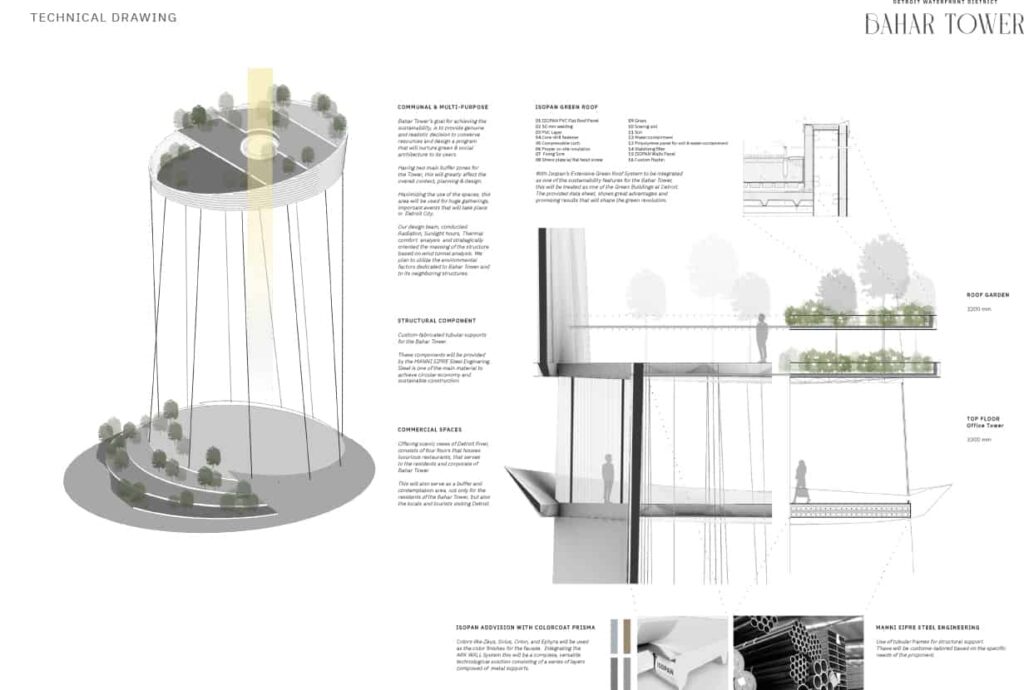Architecture school is a long way to go and we all know that. Whether you earn a 5-year professional degree or choose to take a few years of graduate school (or both), it is a daunting process. However, hopefully, most would agree, it is worth the knowledge gained throughout those years (not to mention the friendships you form in close quarters in the studio). Architectural education is about more than just learning to design large spaces and whether or not you realize it at the time, architecture school is also a great teacher for other life lessons. All of the skills below are those that you are likely to acquire incidentally during your tenure in architecture school but will be an asset outside of academia as well.
Tip #1: Make mistakes quickly
In the spirit of doing things quickly, we can also cover this first. You may have heard the advice not to stick with a bad decision just because you spent so much time making it. The bottom line is that you will make mistakes, both in design and in life. However, the important thing you learn in architecture school is to try things, realize mistakes or unproductive ideas as quickly as possible, get rid of them, and then move on to a viable solution. It’s a version of “Killing Your Loved Ones” that can be used for schematic design ideas as well as other tough life decisions. If you master the art of making mistakes and quickly become aware of them, you can efficiently cover all your options and not have to worry about spending too much time on something counterproductive.
Tip #2: Design Thinking/Problem Solving
Speaking of problem-solving, one overarching thread through design education is what teachers refer to as “design thinking” and what you can think of as a fancy term for problem-solving. Education and knowledge of design thinking can be applied to any area where people need to solve problems. Architects are taught right from the start to look at a problem from all angles (often literally), gather information, study antecedents, and then make informed choices when deciding the solution and analyzing the effects of the movements they make. This process and these skills can be applied to any kind of problem to make you more efficient and effective in solving it.
Tip #3: Learning, reading, and research
Another widely applicable skill set is simply learning how to learn. No one was born with an innate knowledge of design motifs in Art Deco mosaics, but if you had to write a paper about it in an architectural history class, you’ll likely have also learned a bit about the process of doing research. When your professor has assigned chapters of reading to be completed overnight, I hope you’ve also learned how to internalize what you’re already reading so you don’t waste your nights staring blankly at the same paragraph for half an hour. Having a skill set that allows you to efficiently synthesize new knowledge will always be beneficial, so ideally you will be able to stick to some of your old study habits even after you leave school.

